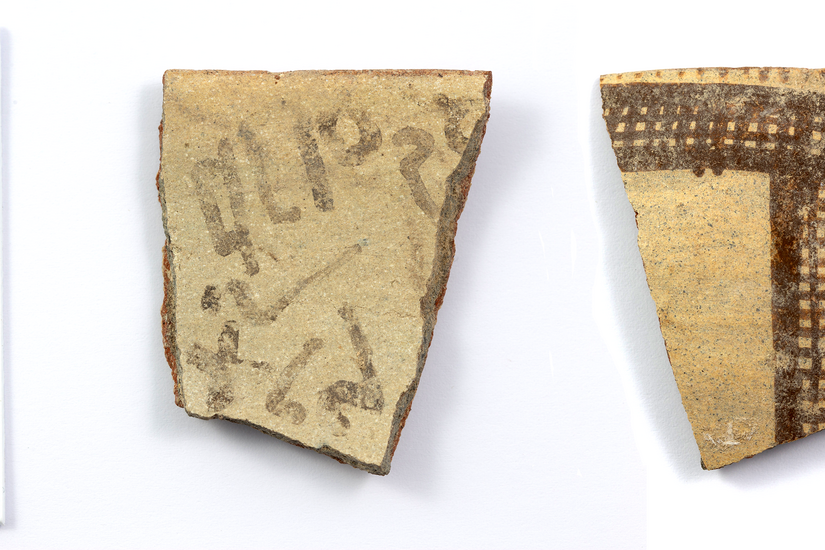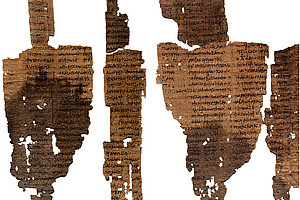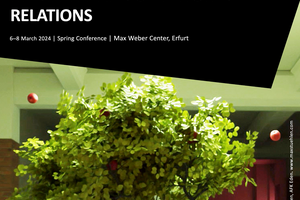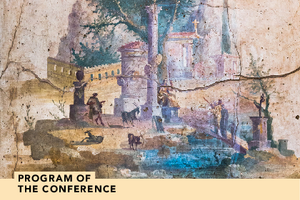We are glad to announce, that Dr. Felix Höflmayer from the ÖAI Vienna will come to Graz to give a lecture at the Institute of Classics/IGS Resonant Self-World Relations. He will shed new light on early writing systems in the southern Levant through findings in the archaeological project at Tel Lachish he is directing (together with Dr. Katharina Streit):
"In the 19th or 18th century BC, the forerunner of today’s alphabet was developed in the context of Egyptian mining expeditions on the Sinai Peninsula. This system was probably created by Semitic migrant workers who used Egyptian hieroglyphs for characters. This “proto-Sinaitic” alphabet would later develop into the Hebrew alphabet and, through the intermediary of Phoenician, the Greek and Latin alphabets.
Exactly when the alphabet was adopted in the Southern Levant has long been disputed. While some researchers had assumed that it was adopted during the Middle Bronze Age before 1550 BC, the first reliably dated texts only date from the 13th or 12th century BC and belong to the end of the Late Bronze Age.
New excavations by the Austrian Academy of Sciences at Tel Lachish (Israel) have now unearthed the earliest securely dated example of an early alphabetic inscription to date. Using radiocarbon dating, the layer in which this inscription was found could be dated to around 1450 BC, more than 200 years earlier than most of the early alphabetic texts known to date.
This lecture offers an introduction to the Austrian excavations at Tel Lachish and the significance for the understanding of early writing in the southern Levant during the Late Bronze Age (c. 1550-1200 BC)."
The lecture will take place Mozartgasse 3 (Meerscheinschlössl), HS 23.03, wednesday April 10, 3:15 pm. Find the poster here.




